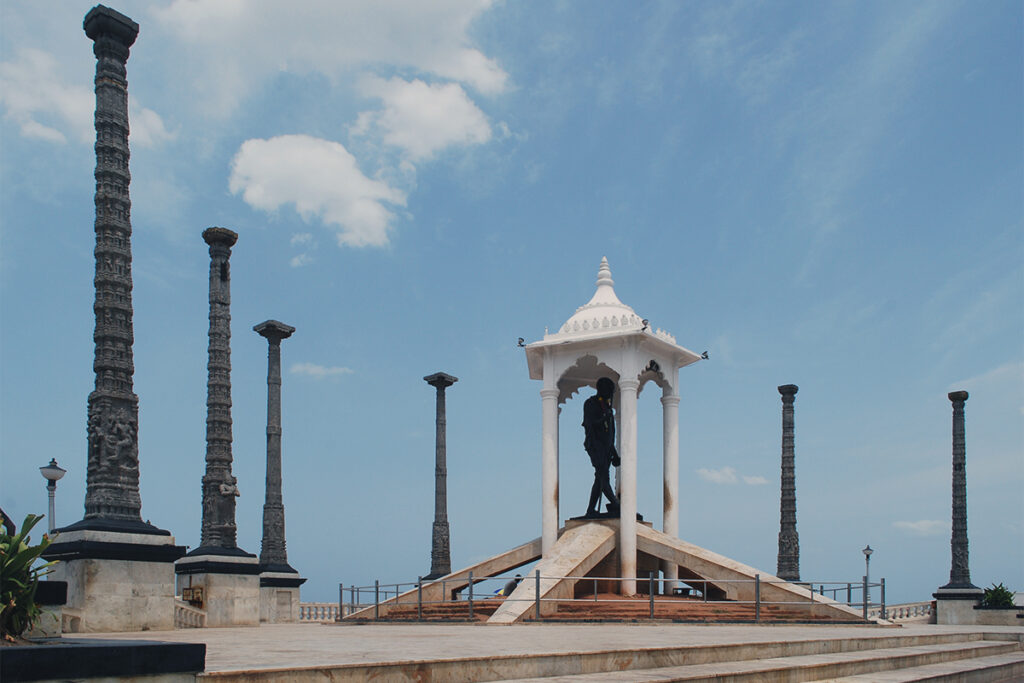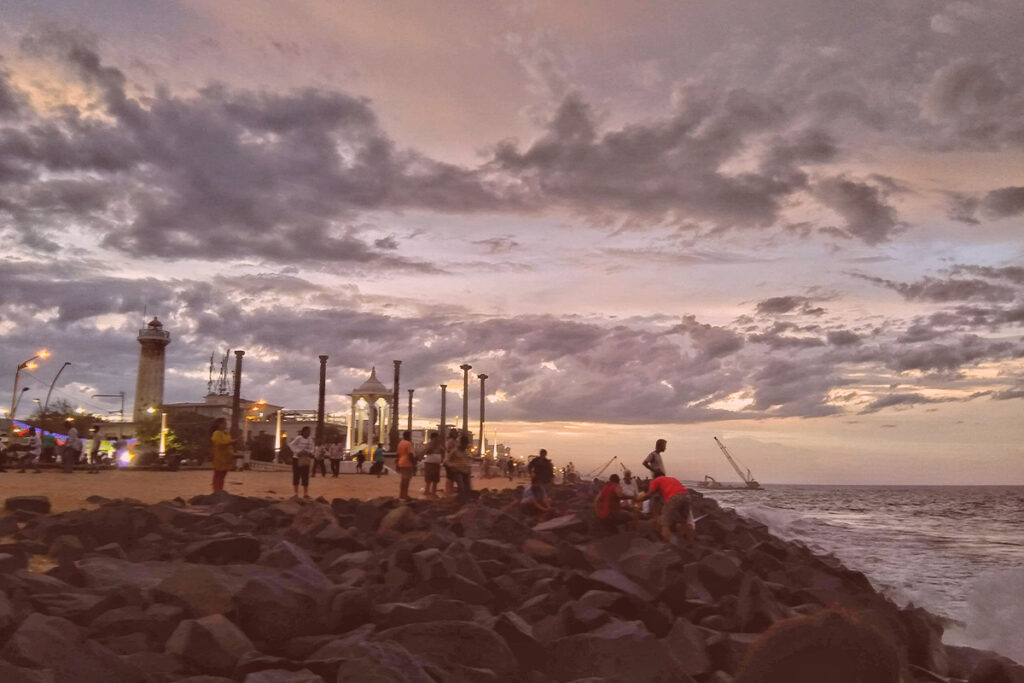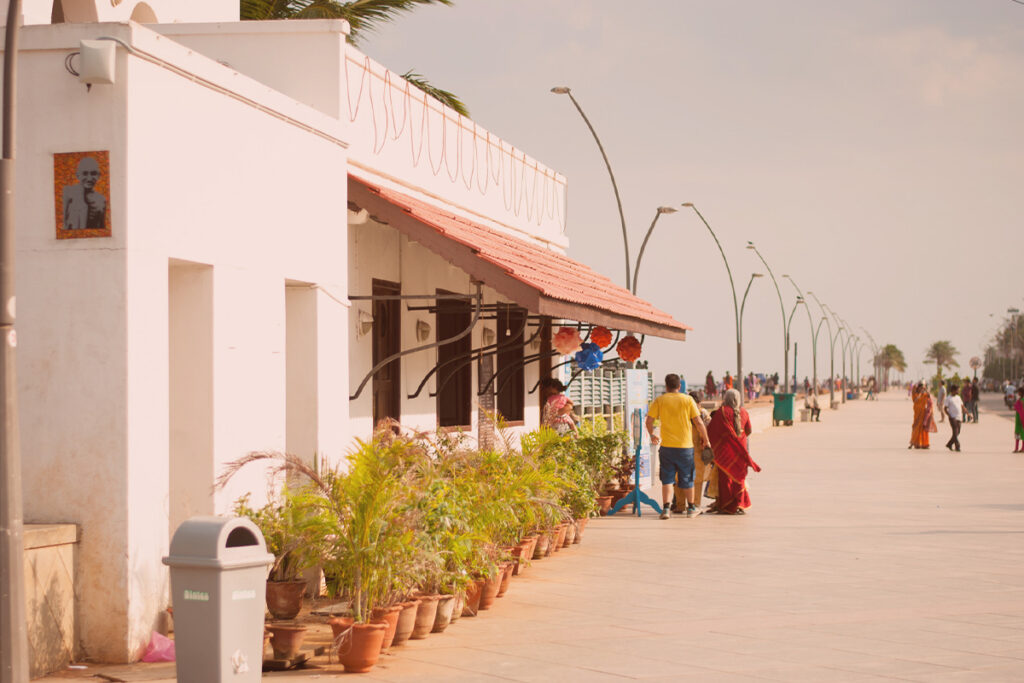Pondicherry, officially called Puducherry, is one of South India’s most charming coastal destinations—a place where French elegance meets Tamil warmth. Behind its peaceful beaches, bright yellow buildings, and wide boulevards lies a fascinating history—one filled with trade, conquests, and cultures that shaped the city’s unique identity. Let’s take a journey through time to uncover how this quaint seaside town became known as the “French Capital of India.”
Ancient Times – The Port of Poduke
Long before European ships reached its shores, Pondicherry was a significant settlement. It was originally known as Vedapuri in ancient Tamil texts, described as a prosperous port town. In early records from the 1st century CE, the region was called Poduke, a thriving trade center mentioned in Greek and Roman texts. Archaeological discoveries of Roman coins and artifacts confirm that Pondicherry was actively trading with the Roman Empire, exchanging spices, beads, and fine textiles for gold and wine. This constant flow of goods and ideas made Pondicherry an early melting pot of cultures, bustling with merchants from distant lands long before colonial rule began.
The Rule of South Indian Dynasties
Before European colonization, Pondicherry was ruled by some of South India’s greatest dynasties:
- The Pallavas contributed to temple architecture and early urban development.
- The Cholas made it a vital maritime hub for international trade.
- The Pandyas strengthened local agriculture and craftsmanship.
These dynasties left behind grand temples, established trade routes, and artistic influences that still echo through the region today. Following the fall of the Vijayanagara Empire in the 16th century, the area briefly came under the rule of the Sultan of Bijapur, setting the stage for its most transformative chapter.
The Arrival of the French – A New Era Begins
European powers, including the Portuguese, Dutch, and Danish, began exploring India’s eastern coast. However, the most lasting influence came from the French East India Company, which established a trading post in 1674. Under French rule, Pondicherry grew rapidly, becoming the center and capital of French India. The French influence fundamentally changed the face of the city, introducing European-style architecture, administrative buildings, and wide boulevards:
- The White Town (French Quarter) featured elegant colonial homes, churches, and cafés.
- The Tamil Quarter remained vibrant with local markets, temples, and traditional houses.
This fusion of French and Tamil cultures created the distinct “Pondy vibe” we still feel today. Even now, the smell of freshly baked croissants mingles with the aroma of filter coffee, and French street names still mark the lanes of White Town.
Pondicherry Joins Independent India
When India gained independence in 1947, Pondicherry was still under French administration. It wasn’t until 1954 that Pondicherry officially merged with the Indian Union. Later, in 2006, the name was officially changed to Puducherry, which means “new village” in Tamil. However, locals and travelers lovingly continue to call it Pondicherry, a name that evokes nostalgia and charm.
Pondicherry Today – Where Two Worlds Meet
Modern Pondicherry is a beautiful blend of East and West—a place where ancient temples coexist with French-style villas and seaside cafés. This contrast is what makes Pondicherry truly unique:
- Quarter: The French Quarter (White Town)
- Vibe and Features: “Pastel buildings, art galleries, peaceful promenades, and French cuisine.”
- Quarter: The Indian Quarter
- Vibe and Features: “Busting markets, local eateries, ancient temples, and spiritual energy.”
Every cobblestone, café, and courtyard whispers a story of traders, dynasties, and colonial influence. This rich history and vibrant cultural fusion make it a fascinating destination, ensuring it remains the cherished “French Capital of India.”



